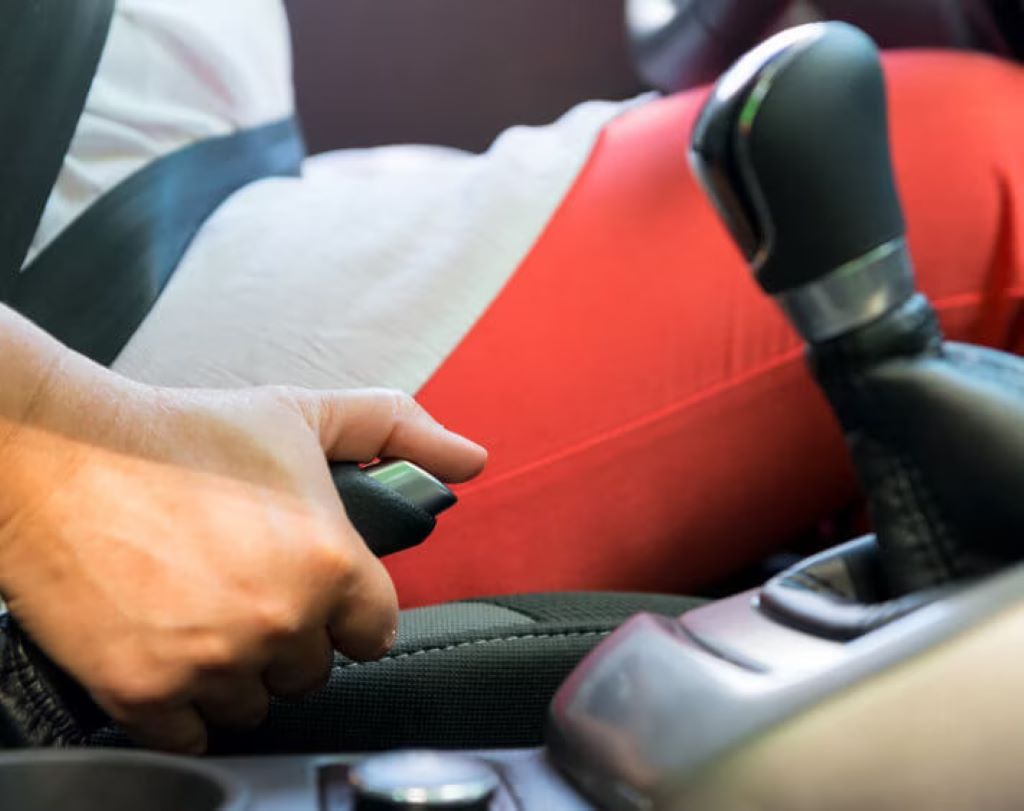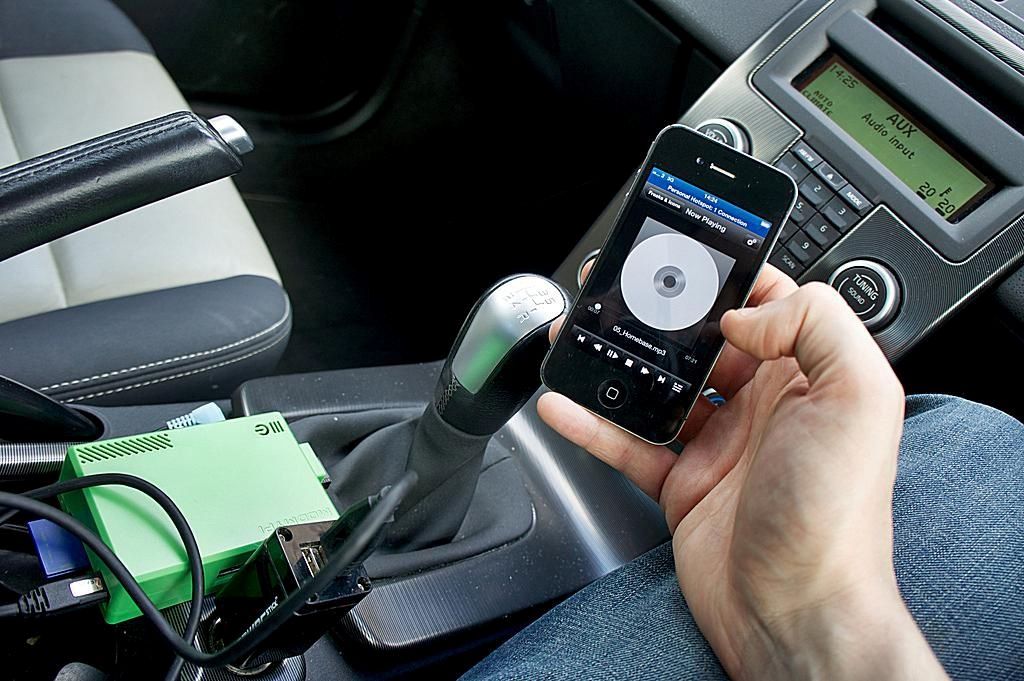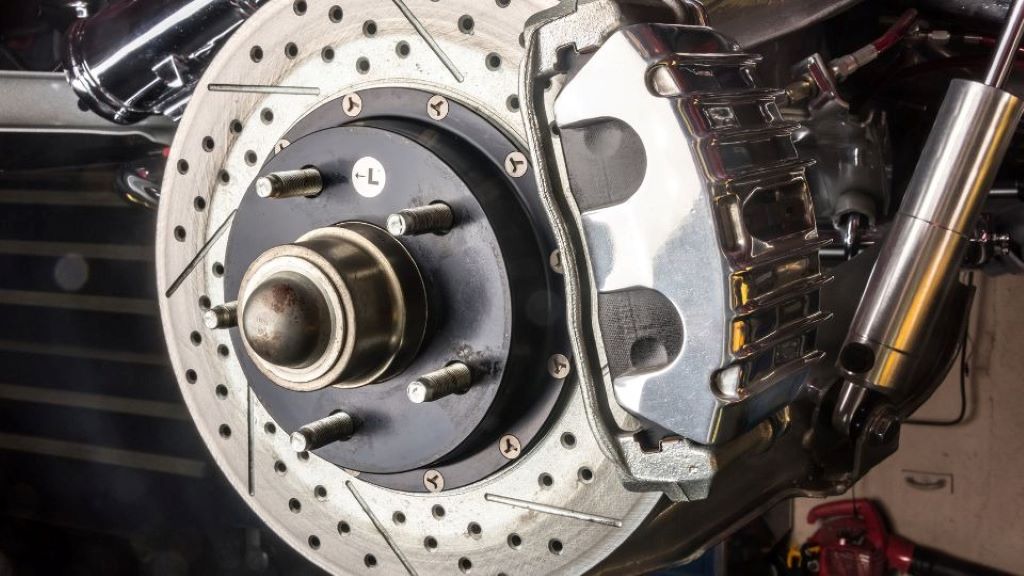Finding yourself in a situation where your brakes have failed can be terrifying, but it’s important to remain calm and know what to do if brakes fail in an automatic car. With an automatic transmission car, you have options to slow and stop the vehicle even without functioning brakes. Being prepared and practicing emergency braking procedures can give you the skills and confidence needed to handle this dangerous scenario.
Causes of Brake Failure
Before getting into the specifics of dealing with brake failure in an automatic car, it’s helpful to understand some of the potential causes. That way, you can be alert for warning signs and proactively maintain your brakes to avoid problems.
Worn Brake Pads
Over time, the friction material on brake pads wears down. If left unchecked and not replaced, the pads can wear down completely, leaving only the metal backing plate to press against the brake rotor. This results in greatly reduced braking power.
Leaks in the Brake Lines
The hydraulic brake fluid system relies on sealed brake lines to transmit pedal pressure to the wheel calipers. If a leak develops in the lines or wheel cylinders, you may feel a loss of pressure at the pedal caused by fluid gradually escaping the system.
Air in the Brake Lines
Sometimes air bubbles can make their way into the brake fluid lines. This reduces pedal feel and causes a “spongy” brake pedal. It takes more pedal travel to pressurize the calipers. Air in the lines must be bled out to restore proper brake function.
Overheated Brakes
Aggressive braking, especially on long, steep descents can overheat the brake pads and rotors. As they overheat, braking performance is reduced and brake fade occurs. Pads should be given time to cool down when safely possible.
Mechanical Problems
Issues with caliper pistons sticking, anti-lock brake system failures, or problems with the brake booster vacuum system can also lead to partial or complete brake failure.
By staying on top of brake inspections and repairs, you can help prevent sudden brake failure. But it’s still important to understand what to do in case it happens.
Responding to Brake Failure in an Automatic Car
When you press the brake pedal and it drops to the floor with little resistance, your adrenaline will spike. But focus on staying calm and executing the proper procedures. Here are the steps to take if confronted with failing or failed brakes in an automatic transmission vehicle.
Step 1: Pump the Brakes
The first step is to repeatedly pump the brake pedal quickly 4-5 times. This pressurizes the hydraulic system and can help restore some braking power if the pedal feel is soft or spongy. Pumping the pedal is less effective once the brakes have overheated or there is a major fluid leak, but it’s worth trying.
Step 2: Shift to Lower Gear
After pumping the brakes, use the gear selector to downshift to a lower gear range. This uses the transmission to help slow the vehicle, similar to how downshifting works with a manual transmission.
In an automatic car, you’ll typically shift from Drive (D) down to 3, then 2, and finally the Low gear range. This progressively slows the vehicle while using the engine’s compression to assist.
Step 3: Try the Parking/Emergency Brake
Next, pull up on the parking or emergency brake handle. In most vehicles, this engages a cable-operated brake system on the rear wheels only. While not as effective as the main hydraulic service brakes, the parking brake can still provide some stopping power in a brake failure situation.
Step 4: Steer Towards an Escape Route
As you work through steps 1-3, look ahead and steer towards an escape route if possible. This could be a side street, open field, or any place you can coast to a stop away from traffic. Turn on your hazard lights to alert other drivers of your situation.
Step 5: If No Escape Route, Brace for a Crash
When there are no safe escape routes available, do your best to steer straight while slowing the vehicle as much as possible. Advise any passengers to brace themselves for a possible crash. Avoid swerving into oncoming lanes or leaving the road which could make the situation even worse.
Step 6: Shift to Park After Stopping
Once you get the vehicle slowed or stopped, immediately shift to Park (P) and apply the parking brake. This secures the vehicle in place and prevents it from rolling. Now you can safely assess the situation and call for help. Turn off the engine once stopped to prevent overheating.
By following these steps, you can maintain control and safely bring an automatic car to a stop even with failed brakes. Practice downshifting and using the parking brake so the procedures feel familiar if ever needed in an emergency.
Techniques for Slowing Without Brakes
In addition to the basic response steps above, there are a few techniques that can help maximize slowing and stopping distance when dealing with brake failure in an automatic transmission car:
Heel-Toe Downshifting
For drivers experienced with heel-toe downshifting techniques, this can be done to rev-match when downshifting and engine braking. It provides smoother deceleration than just letting the transmission downshift on its own. But don’t attempt this technique unless you’ve practiced it extensively.
Ride the Rumble Strips
Where available, riding the rumble strips on the shoulder can help scrub off speed while warning nearby traffic. Just be sure to keep at least two wheels on the pavement to maintain control.
Create Drag
If you have time, opening windows, sunroofs, or convertible tops can create aerodynamic drag to assist with slowing. Extending pickup truck beds or opening the rear hatchback can also provide drag.
Dirt or Gravel Shoulders
Carefully running onto dirt or gravel shoulders can help slow the vehicle through increased rolling resistance before steering back onto the road. Just make sure to hold the wheel straight to prevent dangerous fishtailing.
Find a Loose Surface
Similarly, a loose surface like grass, sand, or gravel may be available to coast onto where you can slow to a stop more gradually. A snowbank could serve this purpose in winter.
Use the Guardrails
As a last resort, grinding along guardrails can scrape off speed. But this risks damage and loss of control, so only attempt if no other options are available.
Preventing Brake Failure
While it’s critical to know how to react in the moment, prevention is always preferable when it comes to brake failure. Here are some smart ways to help avoid finding yourself in this hazardous situation:
- Inspect pads and rotors regularly. By routinely checking brake pad thickness and rotor condition yourself or having it done as part of regular service, you can replace components before they wear out completely.
- Flush brake fluid annually. Fresh, clean brake fluid helps prevent degradation and maintains the hydraulic system.
- Watch for leaks. Check under your vehicle on clean pavement and look for any dripping fluid, which could indicate leaks in the brake system. Brake fluid is clear to pale yellow when fresh.
- Listen for odd sounds. Grinding, squealing or scraping noises when braking could be a sign that new pads or rotors are needed. Don’t ignore such warning sounds.
- Don’t ignore vibrations. A pulsating brake pedal or steering wheel when braking aggressively can indicate warped rotors that need replacement.
- Replace rubber brake lines. Rubber brake hoses expand slightly under pressure. Over time, their integrity degrades. Replacing them every 5-7 years reduces the chance of leaks or bursting.
- Avoid riding the brakes. Resting your foot on the brake pedal all the time overheats the brakes and accelerates wear.
- Don’t ignore dash lights. Warning lights related to brake fluid level or the anti-lock brake system should be addressed right away to prevent bigger issues.
Make brake system maintenance a priority, and learn to recognize signs of impending trouble. Addressing problems promptly can help avoid panic brake failure on the road.
What to Do After Brake Failure
Once you’ve successfully brought the vehicle to a stop, avoid driving any further and call for assistance. Here are some tips on handling the aftermath of brake failure:
- Flatbed tow. Do not attempt to drive the vehicle yourself. Arrange for flatbed towing to a repair shop. Driving risks severe damage or a crash.
- Determine the cause. Diagnosing the specific cause of failure helps prevent repeat issues. Ask the mechanic to thoroughly inspect all brake components.
- Request documentation. Obtain documentation of the cause and keep repair invoices in case future brake problems emerge. This creates a paper trail showing it’s a recurring issue.
- Contact the manufacturer. For serious or reoccurring brake failures, get in touch with the vehicle’s manufacturer about possible recalls or technical service bulletins. Vehicle defects could be to blame.
- Consider legal action. In cases of irreparable brake damage, injury, or collision resulting from confirmed manufacturing defects, consult an automotive attorney about possible legal remedies.
While a long process, legal action allows those harmed by manufacturer negligence to recover their losses. Consult experienced automotive attorneys to determine if a case can be built.
FAQs
FAQ 1: What should I do if my brake pedal suddenly goes to the floor?
First, pump the pedal 4-5 times to try to restore pressure. Shift to a lower gear, use your parking/emergency brake, and look for somewhere safe to steer to a stop. Turn on hazards and brace for impact if unavoidable.
FAQ 2: Why do my brakes feel spongy and soft?
Spongy brakes occur when air gets into the hydraulic lines. This reduces pedal pressure and firmness. The system needs to be bled to remove trapped air and restore proper brake function.
FAQ 3: What causes brake fade?
Brake fade is when brake performance is reduced due to overheating. It often happens after repeated hard braking coming down a long decline. Allowing the pads to cool off restores normal friction. Fade can also be a sign that the brake pads are worn out.
FAQ 4: How do I know when my brake pads need replacement?
Inspect pads every 6-12 months or 6,000-8,000 miles. They should be replaced when less than 3/16 inch of pad friction material remains. Squeaking, scraping noises, and pulsating brakes also indicate replacement is needed.
FAQ 5: Is it safe to drive with the brake warning light on?
No, don’t drive with the brake warning light illuminated on the dash. This could indicate low brake fluid, a problem with the parking brake, or an issue with the anti-lock braking system. Have the vehicle towed to a shop for diagnosis and repair.
In Conclusion
Complete brake failure is rare but can happen. Knowing how to react calmly and use backup slowing methods like downshifting, the parking brake, and escape routes can help you mitigate this emergency. When learning how to buy a car from a private seller, it’s crucial to assess the vehicle’s condition, including the braking system. Prevention is also key through regular brake inspections and immediate repairs of any issues. Implement smart brake maintenance practices and emergency braking techniques into your driving skillset to ensure your new purchase remains safe and reliable on the road.







